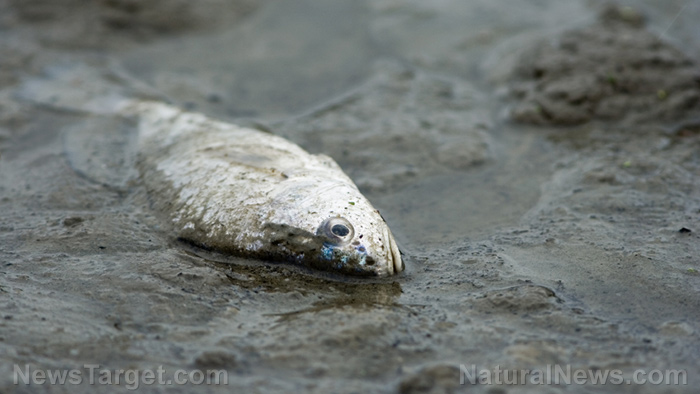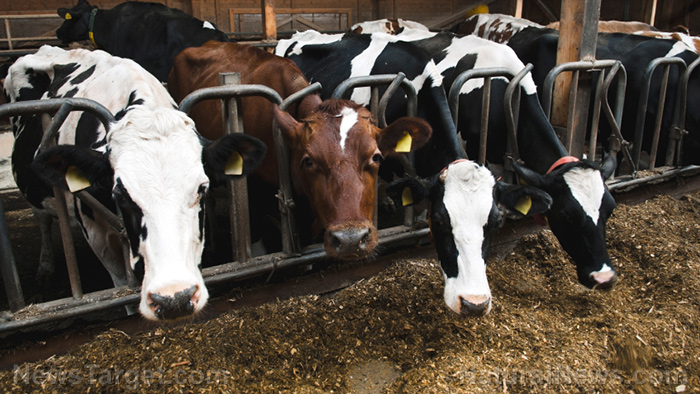
“Some 15 years ago, a landmark study found pharmaceuticals and personal care products in 80 percent of streams sampled across the U.S. Additional research confirmed similar patterns globally. The majority of these compounds are understudied, unregulated, and/or deemed 'low risk',” said study co-author and Cary Institute of Ecosystem Studies aquatic ecologist Emma Rosi. “Yet there is a growing body of knowledge that PPCPs disrupt aquatic ecosystems, even at low concentrations.”
To that end, Rosi and her colleagues gathered and analyzed several recent studies that focused on PPCPs and their ecological influence. “Recent research investigating sub-lethal ecological effects of PPCPs has demonstrated that environmentally relevant concentrations of these compounds may alter ecological interactions and processes...PPCPs can also alter relationships among organisms,” wrote the authors.
For example, they discussed a study from 2014 that pointed how fluoxetine, an antidepressant classified as a selective serotonin reuptake inhibitor (SSRI), inhibited predator avoidance behavior in Arabian toad tadpoles, causing them to become more susceptible to attacks from emperor dragonfly larvae. Fluoxetine, along with the SSRI citalopram, was also linked to decreased algal production by as much as 29 percent in a separate paper.
Even bacteria could be affected by the presence of PPCPs. The researchers behind two different studies found that triclosan, a common antimicrobial and anti-fungal agent, could alter the structure of bacteria and heighten bacterial resistance to other antimicrobial agents. (Related: Researchers discover link between antibiotic resistance and antibacterial ingredient triclosan.)
Lead study author Erinn Richmond has said of the results: “The bottom line is that even at low doses, PPCPs have the potential to disrupt the ecology of a system, leading to broader environmental consequences.”
On traditional toxicology tests, the researchers explained that their inadequacy lay in two main areas. First, the widely used lethal concentration 50 (LC50) test may determine the lethality of substances for singular organisms, but it fails to account for species diversity, the non-lethal yet disruptive effects of substances, and the possibility of these substances are bioaccumulating. Secondly, these tests don't take into consideration the potential effects that could result from these substances mixing, as is the case for products like toothpastes and antihistamines which have long lists of ingredients.
“If you went to your doctor and mentioned that you were taking 30 different drugs, your doctor would likely tell you to stop. And yet, this is what's happening in the environment. The bugs, fish, plants, and algae — they are all exposed to this mixture of drugs and we don't know the impacts. We should think about how pharmaceuticals disrupt ecosystems, not just whether they kill things,” explained Rosi.
One suggested method put forth by Rossi was to introduce small concentrations of pharmaceuticals into artificial stream communities filled with bacteria, algae, and insects. Rossi and her collaborators already use this approach for their work. Any changes to the artificial stream communities — such as earlier insect emergence or oscillating photosynthesis rates — would be indicative of ecological disruption.
“We want scientists and funding agencies to undertake research focusing on the effects of PPCPs in aquatic environments and the extent to which these substances disrupt ecological processes,” said Richmond. “Ultimately, we hope that a greater scientific understanding of this issue will lead to increased public awareness of the need to keep these compounds out of our ecosystems.”
Visit Environ.news to read up further on any and all news relating to the environment.
Sources include:
Please contact us for more information.























